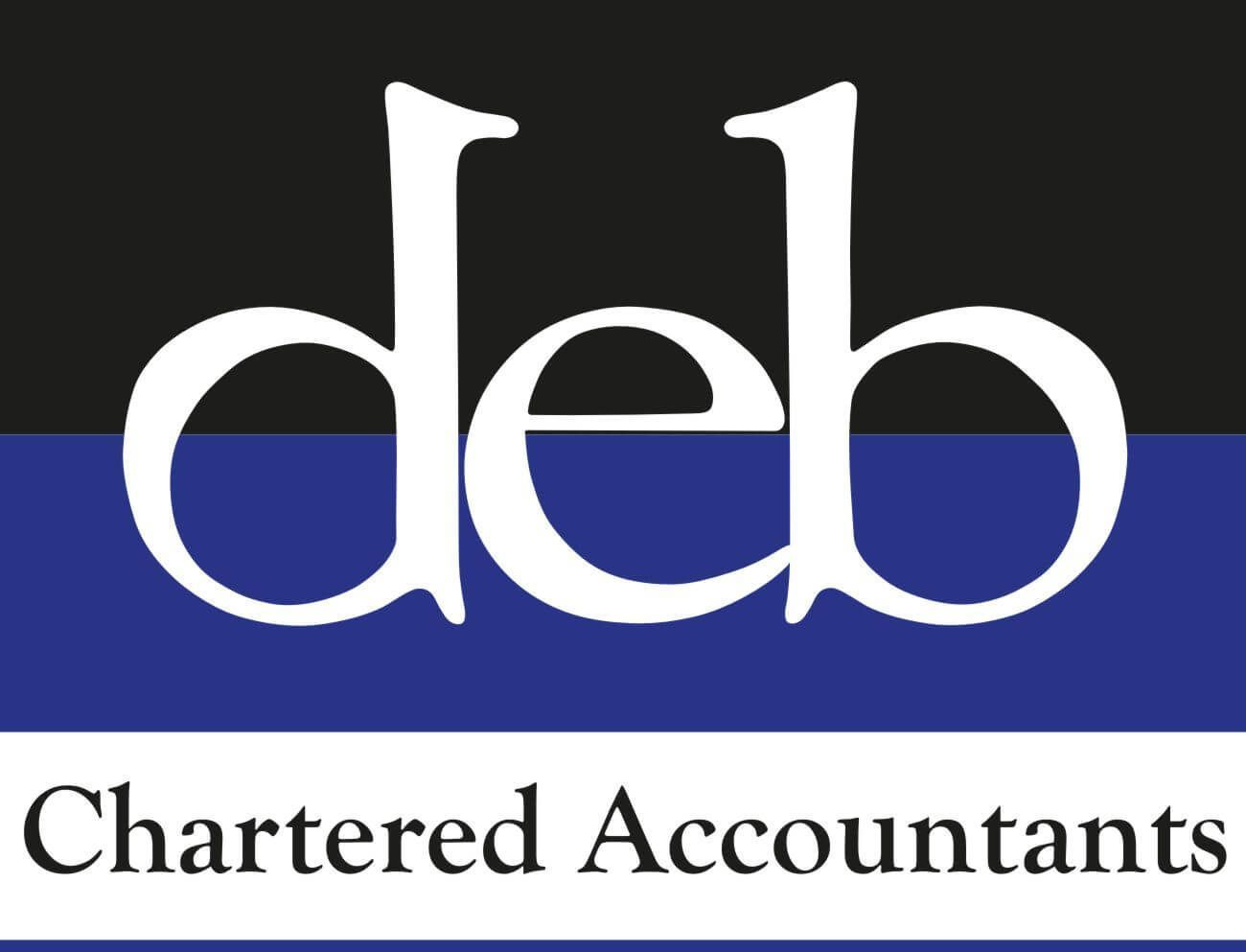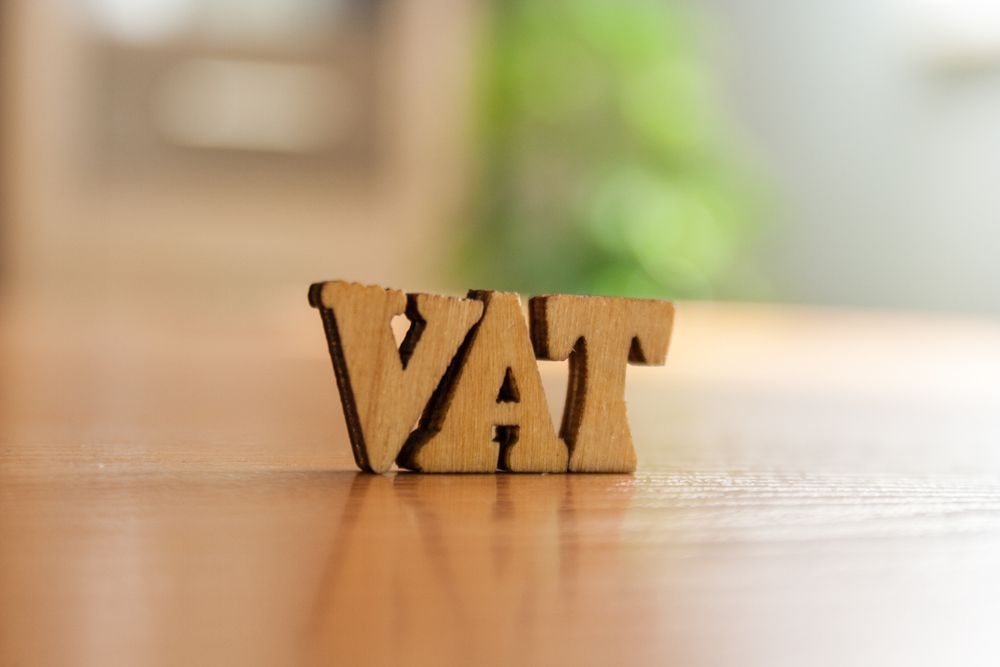HMRC Is Looking Closer Dividends
HMRC’s New Focus on Dividend Income

In early 2024, HMRC initiated its latest ‘One to Many’ letter campaign, a data-driven effort aimed at uncovering discrepancies in tax returns—specifically those involving dividend income. This campaign marks a shift from HMRC’s typical approach, which usually targets a relatively small portion of taxpayers, to a broader and more ambitious undertaking.
Why ‘Using Deb–Connect matters
By using DEB Connect to record the dividends that you take, this ensures that the dividends that are reported on your tax returns agree to what you have taken in your accounts. This prevents the discrepancies that HMRC are searching for.
1. Mismatched Year-Ends: Company year-ends rarely coincide with the tax year, often leading to confusion.
2.Dividends Between Year-End and Tax Year-End: Dividends voted between the company’s year-end and 5 April may be reported in tax returns but not reflected in the company’s accounts.
3.Share Movements: Changes in share ownership during the year, such as gifts of shares to family members, can further complicate dividend distributions.
4.Capital Adjustments: Share buybacks or other changes to share capital, often funded by distributable reserves, may not be accurately reflected.
By examining confirmation statements and updates, HMRC appears to be using this logic to assess dividend discrepancies.
HMRC’s Approach and the Challenges Ahead
HMRC’s standard letter template suggests that they have been comparing inferred dividend distributions from individual companies against self-assessment tax returns. However, there are limitations to this approach:
- Multiple Companies: Individuals with significant holdings in multiple companies can be hard to assess, as HMRC’s data may not capture the full picture.
- Inconsistent Year-Ends: Companies that don’t align their accounts with the tax year make it difficult to draw firm conclusions about dividends.
The more complex a taxpayer’s financial affairs, the harder it is for HMRC to make a definitive connection between company accounts and tax returns. This could change, however, with new reporting obligations set to come into force.
The Expanding Scope of Government Oversight
HMRC’s dividend campaign is part of a broader government strategy to increase transparency and accountability in both corporate and personal tax reporting. On one front, Companies House has been granted expanded powers through the Economic Crime and Corporate Transparency Act 2023, which will allow them to gather and share more detailed information about companies and their beneficial owners from March 2024. This data will be shared with law enforcement and other government departments, including HMRC.
The name and registration number of each company.
The amount of dividend income received, including if it is zero.
The percentage of shares held at the highest point during the year.
This new reporting will significantly reduce the effort required by HMRC to identify discrepancies. But it also raises questions about the increasing administrative burden on small businesses and individuals.
What This Means for Businesses and Taxpayers
The original intention behind SI 2015/980 was to reduce reporting obligations for small companies, especially those with limited resources. However, as HMRC ramps up its compliance efforts, it’s clear that the removal of formal disclosure requirements could inadvertently lead to errors in dividend reporting. This issue is compounded by the new legislation, which places more responsibility on taxpayers to provide detailed information that was once less scrutinized.
While HMRC has always had the power to track changes in company reserves and trace them back to individual tax returns, the question arises: why has it taken until now for HMRC to make this more concerted effort? With the rise of automated accounting software it seems that HMRC’s focus is shifting towards leveraging large datasets to flag potential issues. This system-driven approach reduces the need for hands-on detective work but increases the pressure on taxpayers to ensure their returns are correct.
The Future of Tax Compliance: More Automation, More Reporting
In the last decade, HMRC has increasingly outsourced its compliance functions to the taxpayers themselves. While this reduces the administrative burden on HMRC, it places more onus on businesses and individuals to provide accurate and detailed information in a format that fits neatly into HMRC’s automated systems. The result is a more impersonal, yet highly efficient, approach to tax compliance.
The implications for taxpayers are clear: errors, whether intentional or not, are more likely to be caught as HMRC’s systems become more sophisticated. The ongoing dividend campaign is a clear example of this shift towards data-driven enforcement, with more changes to come in 2024 and 2025.
Taxpayers, particularly business owners, should be prepared for increased scrutiny and more detailed reporting requirements in the years ahead. This makes fully documenting all your dividends on Deb-Connect even more essential than it has hitherto.
For more detailed information, please contact us on 01226 245824 Or email davideb@deb-accountants.co.uk














